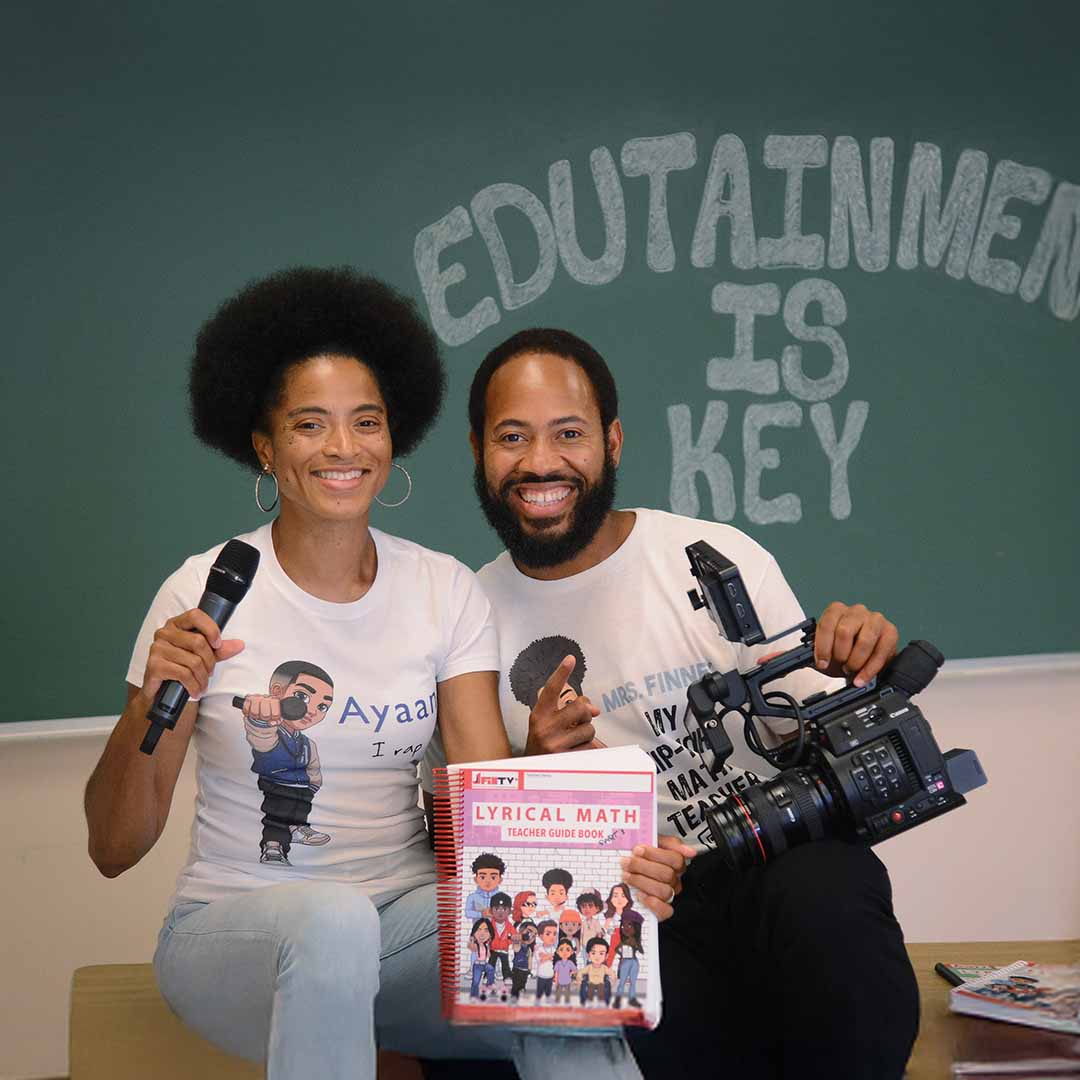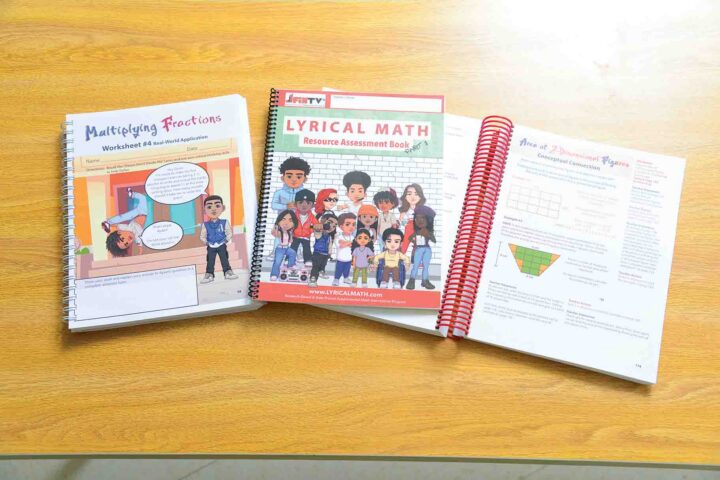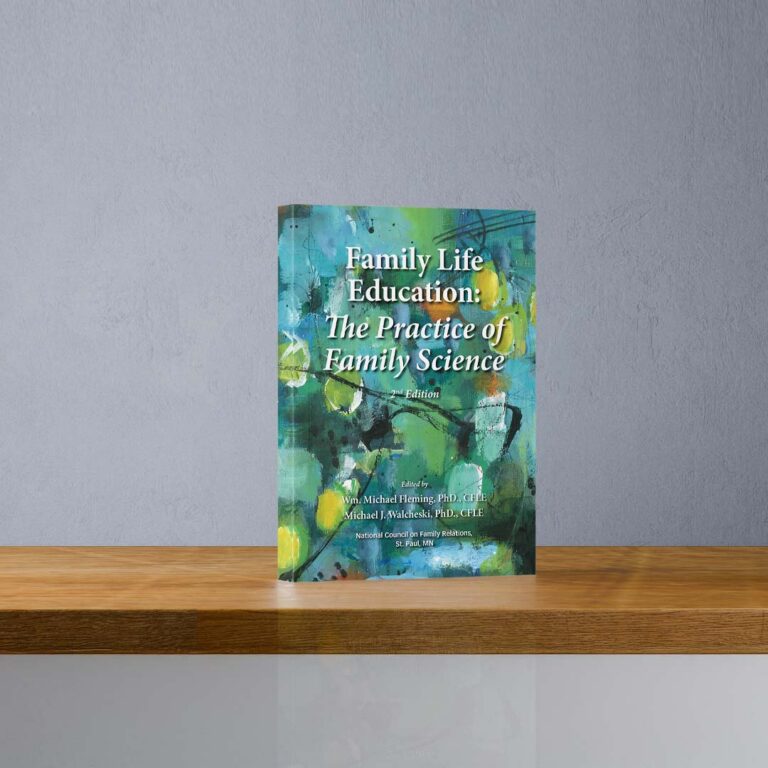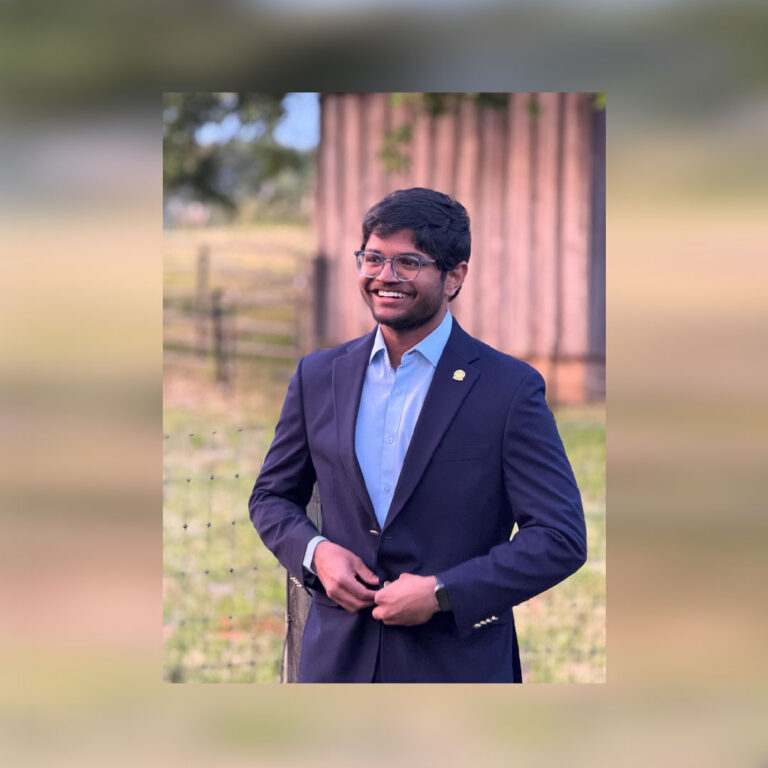Rap, Rewind, Repeat: Learning Math Through Lyrics

Keziah Finney, a math teacher and rapper, says there’s nothing like catchy hip-hop lyrics to help students master the basics of math.
She and her husband, James Finney, are the creators of JFinTV® Lyrical Math, which uses “edutainment” — a mashup of education and entertainment — to engage elementary school students who struggle with numbers.
Both spouses are Wilmington University alums. Keziah earned her master’s in Middle-Level Education at WilmU after receiving a B.S. degree in Biology from the University of Maryland Eastern Shore. She was named Teacher of the Year at H.B. du Pont Middle School in Wilmington. James holds a bachelor’s in Studio Production-Digital Filmmaking and a master’s in Applied Technology in Education.
Proficiency in math has taken on greater urgency as standardized test scores plummeted in the wake of the pandemic, when students took classes online instead of in the classroom. Math scores for the 2023–2024 school year show that only 33% of students in grades three through eight met proficiency standards.
“With Lyrical Math, we can help students get back on track,” Keziah says.
The concept was born nearly 20 years ago when James was working on his senior project at WilmU. His professors set the bar high, and he was determined to produce a project that was relevant and engaging.
“Marcel Franck, an adjunct instructor, had a great influence on me. If my projects were bad, he would tell me straight up and tell me why. I still remember him saying, ‘Nobody is going to hold your hand in the real world, so don’t expect me to in here.’ That tough love was exactly what I needed then to help me become the videographer and editor I am today,” he recalls.
Calvin Hill, his Studio Production instructor, was a mentor who became a friend. “The first thing I learned from him was how to budget a project. He told me, ‘Mr. Finney, if you don’t have a budget, you don’t have a film.’ He helped cultivate my confidence in directing productions, as well,” he says.
At the time, James was courting Keziah, a teacher and ascendant hip-hop artist, who shared his interest in helping young people. He asked her to star in his five-minute, 20-second video titled “Adding Integers After School.”
As a young teacher, Keziah noticed that students enthusiastically rapped popular hip-hop lyrics in the hall and during lunchtime. But in math class, traditional teaching methods didn’t get her students excited.
“I noticed that students were asking for a bathroom pass at math time, anything to avoid it,” she recalls.
After James completed his senior project, the couple decided to share the video with Keziah’s students, who were about to receive a lesson on integers — the process of finding the sum of two or more positive or negative numbers. She developed a pre-test and post-test to determine the effectiveness of introducing the concept through hip-hop lyrics. The tests revealed an average increase of 16% in comprehension for 51 students in three different classes. Students who entered the program in the lowest-performing group showed a 67.1% increase in performance.
That success sparked their desire to reach more students through video programs that could be shared with students in a variety of settings, in and out of the classroom. It was a natural fit for Keziah, who began performing as a child singing gospel. Video empowered her to do what she could not do in person — be in several places at once, fulfilling her desire to teach as many math students as possible.
Currently, the Lyrical Math program is taught in 19 elementary schools and seven community centers to help children who are lagging in math to excel. Some students are lacking even the basics of addition, subtraction, multiplication, and division.
“Last year, we worked with fifth graders who had a 28.5% proficiency in math,” Keziah says.
Many students have shown marked improvement with extra help. In one after-school program, 85% of students demonstrated proficiency in division after completing a Lyrical Math course.
Ken Livingston, senior director of student success at United Way of Delaware, says Lyrical Math helps students develop life skills beyond mathematics.
“Their innovative approach not only makes math concepts more relatable and memorable but also builds students’ confidence, critical thinking, and problem-solving skills,” he says. “Fostering a deeper understanding of mathematical principles empowers students to excel academically and prepares them for success.”

Currently, the Lyrical Math program is taught in 19 elementary schools and seven community centers to help children who are lagging in math to excel.
Keziah has always been fascinated by math, embracing fractions, division, and multiplication as tools that build achievement. Math helps aspiring homeowners save for a down payment and budget for monthly payments. Mastering percentages is essential for savvy shoppers, enabling them to quickly calculate that a $50 sweater, 30% off, will cost $35 at checkout.
“I enjoy how math develops critical thinking skills. I love how math prepares you for unpredictable moments in life where math skills are needed,” she says. “I like to put students in a position to win.”
As the parents of four children, the Finneys are passionate about accessible, practical education. Keziah wrote a catchy rap to teach students the multiples of numbers:
You know me, I’m at the top of my class
I’m so nice and precise with my math
They wanna hear my twos
They wanna hear my twos
2, 4, 6, 8, 10, 12, 14, 16, 18, 20, 22, 24!
Stop. Freeze. Pause.
You know me, I’m at the top of my class
I’m so nice and precise with my math
They wanna hear my threes
They wanna hear my threes
3, 6, 9, 12, 15, 18, 21, 24, 27, 30, 33, 36!
Stop. Freeze. Pause.
Keziah believes that a meaningful rap has a lasting impact, providing students with the knowledge they can draw on long after completing the Lyrical Math program. She recalls running into a former student at Walmart, who cheerfully rapped math lyrics he learned in her classroom 15 years ago.
“Music is a powerful recall tool,” she says. “Our music is catchy, not corny.”
The formal study of mathematics dates to approximately 3000 BC in Mesopotamia, where arithmetic, algebra, and geometry were used to facilitate trade, calculate taxes, and create calendars. Hip-hop’s roots are more recent, springing from the Bronx in the 1970s, where African American and Latino youth composed raps to shed light on poverty and racial injustice.
Keziah’s rap lyrics are crafted to help students conquer math anxiety by making numbers more relatable and engaging.
“Students who are very confident socially often shrink when they approach math,” she says. “Once students become confident, they can learn.”
Keziah tells the story of Michaela, a student who was so fearful of math that she scored zero on her pre-test.
“She went through the videos and scored 100% just a few weeks later. Her confidence went up so much that she started asking for more digits in her dividend.”
Based on Michaela’s success, Keziah named her 11-digit division program after her student.
The videos depict children and cartoon characters that students can relate to, featuring six ethnicities to help students connect on a social level.
“It shows the power of building academic excellence in the com-munity. They can see characters that they can relate to in math,” she says.
The videos are correlated with math workbooks, where students apply the concepts they have learned. The Finneys believe that making math fun will inspire more kids to embrace numbers, developing proficiency that will benefit them throughout their successful lives.
“Students need that lightbulb moment,” says James. “If you are interested in something, you want to excel at it.”
— Eileen Smith Dallabrida
Want to read more in-depth stories? Explore our latest magazine articles.



